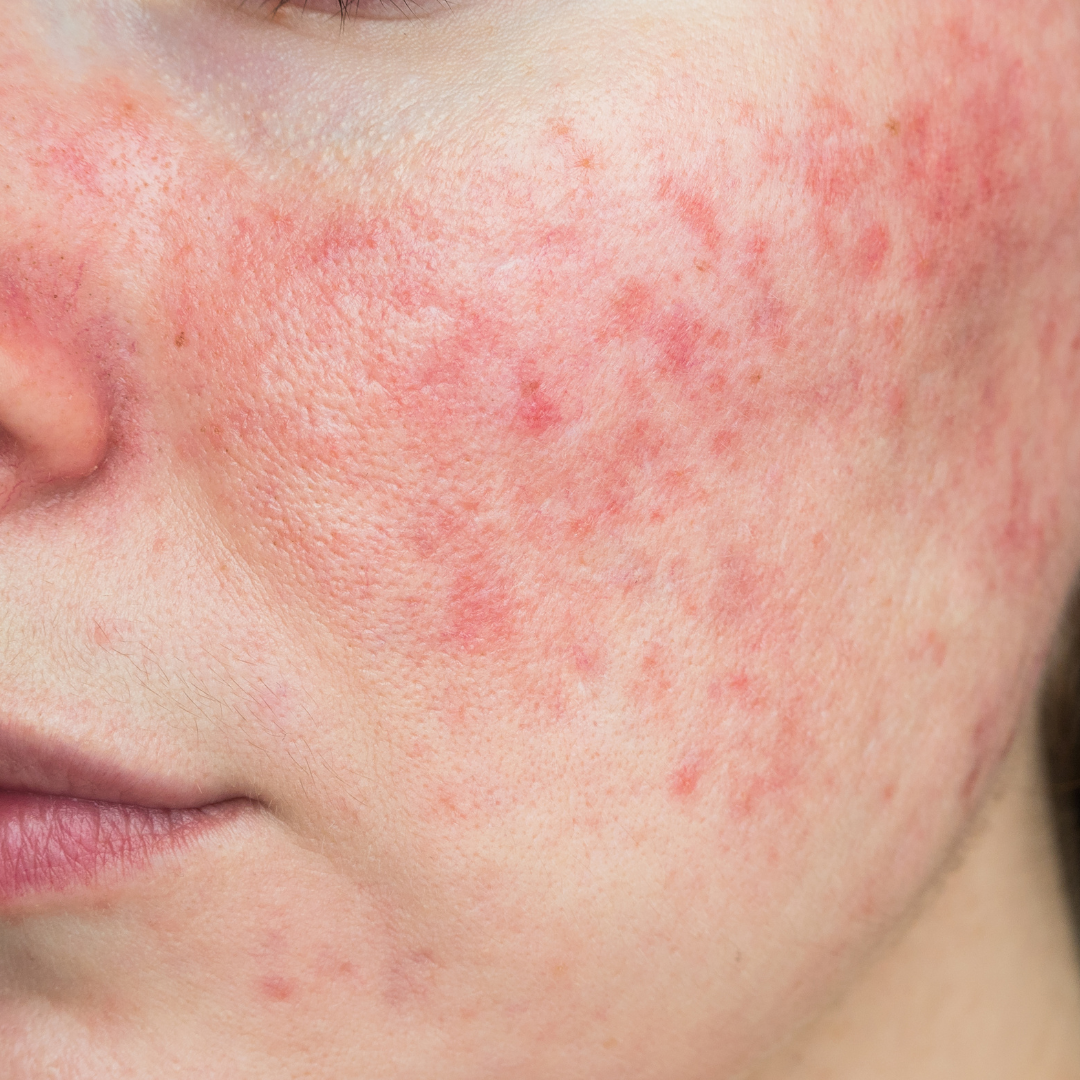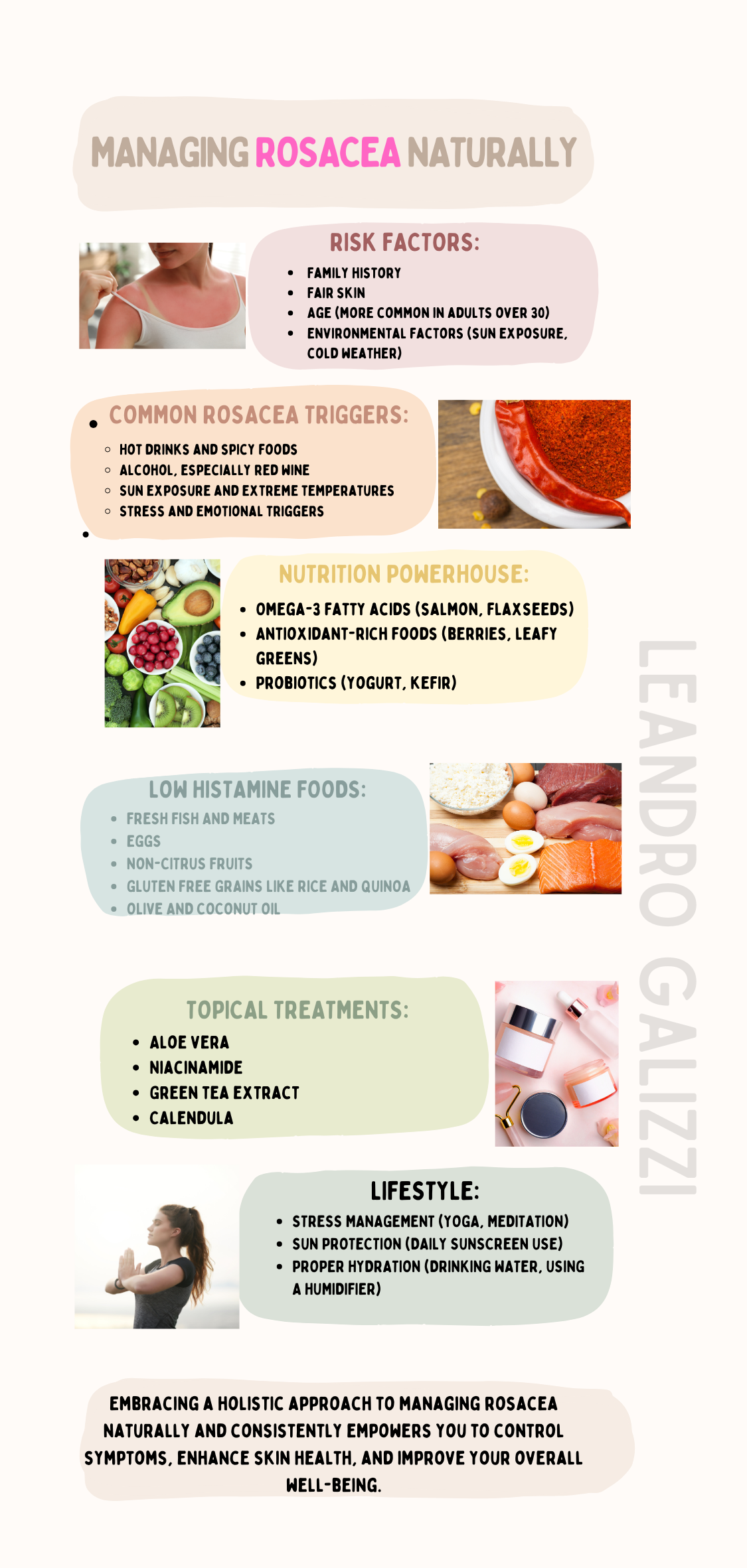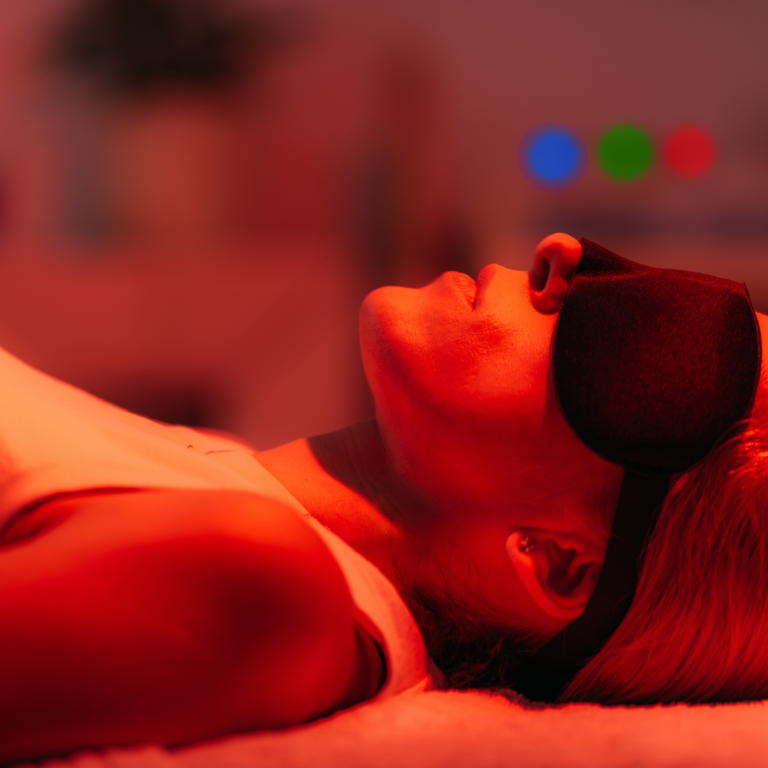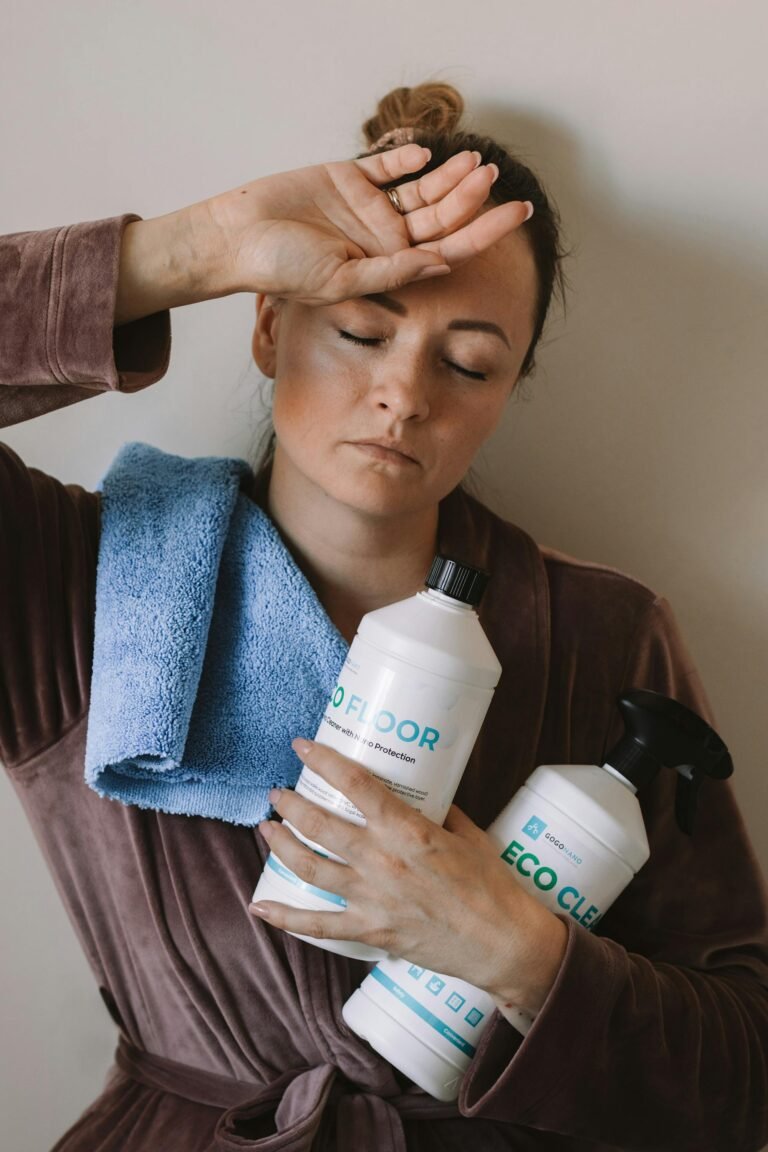Natural Solutions for Rosacea: Understanding Causes and Embracing Effective Remedies

- Diagnostic Phenotypes
- Risk Factors
- Common Rosacea Triggers
- Nutrition Powerhouse
- Topical Treatments
- Lifestyle
- Conclusion
What is Rosacea?
Rosacea is a chronic skin condition that primarily affects the face, causing redness, visible blood vessels, and sometimes small, acne-like bumps. It’s important to remember that rosacea manifests in different ways. Subtypes like erythematotelangiectatic rosacea (causing redness and visible blood vessels) and papulopustular rosacea (marked by bumps and pus-filled pimples) highlight the complexity of this condition.
What Are the Symptoms of Rosacea?
Since many skin conditions primarily affect the face and may cause similar symptoms, it’s essential to get a thorough evaluation from a dermatologist or other healthcare provider.
Rosacea symptoms may include:
- Flushing or red patches on skin
- Swelling
- Visible blood vessels
- Skin irritation
- Thickened skin
- Bumps on skin
- Pimples or papules
- Eye irritation
There are several ways that rosacea can show up, which is classified as phenotypes per the Rosacea Consensus (ROSCO). These include diagnostic, major, and secondary phenotypes, which help encompass the multiple ways that rosacea can appear.
Diagnostic Phenotypes:
- Centrofacial erythema – includes redness (erythema) over the central part of the face (nose and cheeks).
- Phymatous change – thickening of the skin, most commonly seen on the nose.
The Causes of Rosacea on Face
Rosacea causes likely include multiple factors, some of which are not yet well understood. While the exact cause of rosacea isn’t known, many experts point to it being a systemic disease (full body), rather than simply just a skin issue.
Risk factors for rosacea and associated conditions include:
- Genetics
- Microbiome imbalance (dysbiosis)
- H. pylori infection
- SIBO (small intestinal bacterial overgrowth)
- Smoking
- Inflammatory bowel disease
- Hormone imbalance
- Obesity and body composition
- Certain psychological and nervous system disorders, like anxiety, migraines, dementia, and Parkinson’s
- Metabolic syndrome, diabetes, high cholesterol
- Certain autoimmune conditions, like multiple sclerosis, type 1 diabetes, and rheumatoid arthritis
- Demodex mite infestation
Many of the proposed risk factors for rosacea involve gut health. There is a powerful connection between the digestive tract and skin, known as the gut-skin axis. Inflammation, imbalances, and leaky gut may contribute to increased skin vulnerability.
Genetics
Like autoimmune conditions, rosacea may result from a complex interplay between genetic factors and environmental triggers that impact the immune and vascular systems. While we can’t change our genes, we can influence gene expression by adjusting our environment regarding nutrition and lifestyle habits. We’ll explore treating rosacea naturally and review the pharmaceutical options below.
Rosacea and Hormonal Imbalance
Some research suggests that rosacea is more prevalent in women than men because female hormones play a role.
Estrogen is a critical hormone for skin health; it helps the skin maintain its structure and hydration. Declining estrogen in perimenopause and menopause correlates with increased signs of skin aging, such as dryness and wrinkles. The skin barrier becomes more sensitive and easily irritated.
Interestingly, the skin can synthesize steroid hormones (like estrogen), and impairment of this function may play a role in the development of rosacea.
Perimenopause, Menopause, and Rosacea
Rosacea symptoms are most prevalent in women aged thirty to sixty years old, which are the years that coincide with perimenopause and the menopausal transition. In addition, a decline in the prevalence of rosacea coincides with the natural decline of estrogen in postmenopausal years.
Prostaglandins
Increased prostaglandin production, hormone-like chemicals that cause contractions, during perimenopause is understood to play a role in exacerbating rosacea symptoms.
Hormonal Changes
The natural hormonal changes of perimenopause and menopause result in fluctuations in estrogen, among other hormones. Hormonal issues, such as hot flashes, can trigger symptoms. Vasomotor symptoms, including hot flashes and night sweats, affect around 80% of women during the perimenopausal transition and can trigger rosacea.
Menstrual Cycle Hormones and Rosacea
Hormonal changes during the menstrual cycle may trigger rosacea symptoms, especially if symptoms appear cyclically along with your cycle.
Estrogen is dominant in the first half of the menstrual cycle (follicular phase). After ovulation, in the second half of the cycle (luteal phase), progesterone is dominant.
An imbalance of estrogen and progesterone may increase the risk for rosacea or trigger rosacea symptoms. In addition, a hormone imbalance affects health and immunity, and immune dysregulation can be another underlying driver of rosacea.
Oral Contraceptive Pills, Birth Control, and Fertility Treatments
Just as natural fluctuations in hormones can lead to rosacea flares, so can changing hormonal birth control, stopping the birth control pill, and some fertility treatments. While some practitioners report improvement in rosacea in patients taking the pill, others have reported worsening symptoms. This is where it is best to discuss with your provider what your options are and let them know if you’re experiencing worsening rosacea with hormone treatments.
Common Rosacea Triggers
Now that we understand more about the root causes of rosacea let’s look at what triggers symptoms. Understanding personal triggers provides clues to personalized rosacea treatment strategies.
Common Rosacea Triggers:
- Hormones
- Heat, humidity, sun exposure
- Personal care products
- Psychological factors
- Spicy, hot, high histamine foods
- Exercise
- Skin barrier disruption
- Certain medications
Menstrual Cycle Changes
Rosacea symptoms may also become worse with menstrual cycle changes. For example, rosacea may coincide with PMS symptoms when inflammation increases before your period.
In addition, changes in estrogen through the menstrual cycle or perimenopause can make you more sensitive to high-histamine foods and may aggravate histamine related rosacea symptoms overall.
Hormonal Hot Flashes
Perimenopause is the transition into menopause, where you no longer ovulate or cycle. In perimenopause, you’ll experience fluctuations in estrogen, and these hormonal swings may trigger various symptoms, including hot flashes.
You can experience redness and flushing on the face during a hot flash, like the flushing experienced with rosacea. In addition, for women with rosacea, hot flashes are a trigger for rosacea symptoms.
Interestingly, the onset of rosacea is more common during the reproductive years and perimenopause than post-menopause.
Heat, Humidity, and Sunlight
Sun exposure, heat, excess humidity, and rapid changes in weather or temperature may trigger rosacea symptoms.
It’s important to use sunscreen or wear a sun hat outside to prevent sunburn, which can make rosacea worse. When using sunscreen, try to opt for a non-toxic, non-irritating product. This likely means using a mineral sunscreen (with zinc oxide) instead of chemical sunscreens. However, since certain skin care products, like sunscreen, can aggravate rosacea, it is best to choose the product that works best for your skin.
If you struggle with rosacea, opt for the shade and consider using a portable fan or mister to help you keep cool. Topical rose water spray is an ayurvedic remedy that can help keep you cool.
Wind and Cold Weather
While the heat can make your rosacea skin flare, the opposite of cold or windy weather can do the same. Taking precautions to protect your face from the elements and be sure to moisturize it appropriately.
Dispelling Myths Surrounding Rosacea
It’s important to debunk common misconceptions about rosacea. One prevailing myth is that rosacea results from poor hygiene, which is simply untrue. Understanding the reality of this condition paves the way for effective management and treatment.
Natural Solutions for Rosacea
Treating rosacea naturally requires working with a licensed practitioner who can help guide you on the best approach for you. When choosing a holistic approach for rosacea management, it’s essential to consider your individual root causes and take a whole-person approach. Since rosacea may have roots in gut health, immunity, and hormone balance, it’s essential to look at those pieces.
The good news about natural therapies is that they can often be combined with conventional approaches to help you get the individualized care you need.
Nutrition Powerhouse:
Anti-inflammatory Foods
Nature provides a bounty of ingredients that can help manage rosacea from within. Incorporating anti-inflammatory foods into your diet is a great first step. Thankfully, Switzerland offers a wealth of options:
- Salmon: Rich in omega-3 fatty acids, known for their anti-inflammatory properties.
- Locally Sourced Berries: Packed with antioxidants that combat oxidative stress, which can exacerbate rosacea.
Low histamine Foods:
The following foods are low histamine and can support skin, immune, and gut health:
- Fresh fish and meats
- Eggs
- Non-citrus fruits
- Gluten free grains like rice and quinoa
- Olive and coconut oil
Foods to Avoid
Being mindful of potential trigger foods is equally crucial. While enjoying Swiss culinary delights, consider limiting or avoiding:
- Spicy Foods: A staple in some Swiss dishes, these can aggravate rosacea symptoms.
- Alcohol: Especially red wine, is known to dilate blood vessels and can worsen flushing.
Vitamin Deficiencies and Rosacea
Many nutrients are important for skin health, including vitamin A, vitamin C, and zinc. While it is unknown if rosacea is caused by vitamin deficiencies, there are nutrients that can contribute to vascular issues.
Eating foods rich in magnesium, selenium, and vitamin B6 can help with blood vessel integrity. Additionally, vitamin C and vitamin B6 can help with the histamine issues that can contribute to rosacea.
Nutrients for Skin Health:
- Vitamin A
- Vitamin C
- Magnesium
- Selenium
- Vitamin B6
Adding a quality multivitamin as part of your routine can help give your skin additional nutritional support.

The Gut-Skin Connection
Emerging research highlights the fascinating connection between gut health and skin conditions like rosacea. Nurturing your gut microbiome can positively impact your skin. Consider adding these probiotic-rich foods, common in Swiss diets, to support gut health:
- Yogurt: Swiss yogurt, particularly those with live and active cultures, can introduce beneficial bacteria to the gut.
- Sauerkraut: A fermented cabbage dish, a staple in Swiss cuisine, is rich in probiotics.
Topical Treatments
Natural Oils
Certain natural oils possess soothing and anti-inflammatory properties that can benefit rosacea-prone skin.
- Sea Buckthorn Oil: Known for its high concentration of vitamins A and E, this oil helps reduce redness and inflammation.
- Rosehip Oil: Rich in antioxidants and essential fatty acids, rosehip oil can calm irritated skin and improve skin tone.
Many health food stores in Switzerland offer these oils, allowing for easy integration into a skincare routine.
DIY Soothing Masks
Embrace the power of natural ingredients with a DIY soothing mask.
- Combine a tablespoon of plain yogurt (rich in probiotics) with a teaspoon of honey (known for its anti-inflammatory and hydrating properties). Apply to clean skin, leave on for 15-20 minutes, and rinse with cool water.
Lifestyle Modifications for Radiant Skin
Stress Management
Chronic stress can exacerbate rosacea symptoms. Switzerland, despite its tranquility, can present unique stressors. Consider incorporating these stress-reducing practices:
- Mindful Walks in Nature: Switzerland’s natural beauty provides the perfect backdrop for mindful walks, allowing you to reconnect with nature and de-stress.
- Enjoying a Relaxing Cup of Swiss Herbal Tea: Embrace the Swiss tradition of herbal teas. Look for calming blends like chamomile or lemon balm.
Sun Protection
Protecting your skin from the sun is crucial, especially in high-altitude environment.
- Choose a broad-spectrum sunscreen with an SPF of 30 or higher, even during colder months.
- Look for reputable Swiss sunscreen brands known for their quality and natural ingredients.
Gentle Skincare Routine
Treating your skin with care is paramount when managing rosacea. Opt for:
- Mild, Fragrance-Free Products: Harsh chemicals and fragrances can irritate sensitive skin and worsen rosacea symptoms.
- Reputable Swiss Skincare Brands: Switzerland is renowned for its high-quality skincare products. Research and select brands that cater to sensitive skin.
Embracing a Holistic Approach
Managing rosacea effectively often requires a multifaceted approach that addresses both internal and external factors. Remember, you’re not alone on this journey. Consulting with a dermatologist or a qualified nutritionist in Switzerland can provide personalized guidance and support.
Conclusion
Living with rosacea doesn’t mean resigning yourself to a life of constant flare-ups. By understanding the condition, embracing natural solutions, and adopting a holistic lifestyle approach, you can achieve lasting relief and enjoy healthy, radiant skin. Embrace these tips, and remember, your journey towards managing rosacea is uniquely yours. Share your experiences and connect with others who understand the challenges and triumphs of living with rosacea. For further insights into holistic health and wellness, explore other informative blog posts on this site.
References
- Dahl, M. V., & Ross, A. J. (2005). Rosacea: Diagnosis and management. American Family Physician, 71(9), 1711-1716.
- Two, A. M., Wu, W., Gallo, R. L., & Hata, T. R. (2015). Rosacea: Part I. Introduction, categorization, histology, pathogenesis, and risk factors. Journal of the American Academy of Dermatology, 72(5), 749-758.
- Rainer, B. M., Kang, S., & Chien, A. L. (2018). Rosacea: Epidemiology, pathogenesis, and treatment. Dermatologic Clinics, 36(2), 135-146.
- Aldrich, N., Gerstenblith, M., Fu, P., et al. (2015). Genetic vs. environmental factors that correlate with rosacea: A cohort-based survey of twins. JAMA Dermatology, 151(11), 1213-1219.
- Weinkle, A. P., Doktor, V., & Emer, J. (2015). Update on the management of rosacea. Clinical, Cosmetic and Investigational Dermatology, 8, 159-177.






